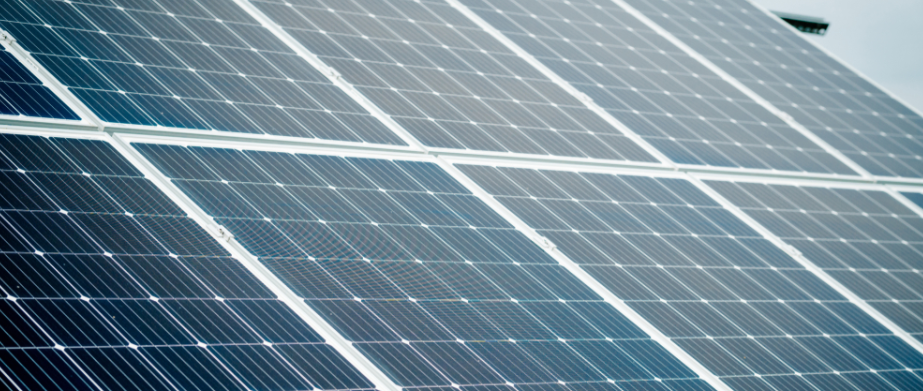In the last few decades, the cost of solar power has dropped exponentially all over the world. This along with other factors is contributing to the growth of solar panels. However, affordable technological advancements coupled with rising electricity costs is one of the main reasons. Earlier, one of the major concerns regarding solar panels was the upfront cost, but with the recent incentive programs, the payback period can be reduced to less than 5 years keeping in mind that the service life of solar panels is more than 25 years.
When we talk about the total cost associated with installation of solar panels, there are many factors that need to considered instead of just the price of solar panel alone. The final price depends on local regulations, incentives and geographic location as well. For instance, a home solar system in US would cost around 3 times more than a similar installation in Australia. The difference, in this example, is the transportation costs of solar components from China, where most of them are manufactured, and also the 20% import traffic in US while there is no specific import traffic in Australia.
Local incentives like 26% federal tax credit for solar power systems in US can considerable reduce the cost of going solar. In simple words, every $1000 invested in solar would allow you to deduct 26% from your next tax declaration. However, it worth noting that this benefit is temporary and will be reduced to 22% in 2021, and would essentially be nullified for residential installations by 2022 while businesses would have only a 10% credit.
The Cost of Solar Power Systems in US
Depending on the location, installer and component brands, the cost of solar power systems vary. However, based on a research from the National Renewable Energy Laboratory (NREL), the following are the typical installation costs:
Residential: 3 to 10 kW = $2.70 per watt DC
Commercial: 10 kW to 2 MW = $1.83 per watt DC
Utility-scale: Over 2 MW = $1.06 per watt DC
Utility scale solar systems have a lower cost per wall, but are used to sell electricity at wholesale prices. On the other hand, residential and commercial installation have higher cost per watt, but their savings are based on retail prices which are higher than wholesale prices.
How Does the Import Tariff Affect the Federal Tax Credit
Trump administration introduced an import tariff for solar panels and solar cells in 2018. As a result of this, solar manufacturers cannot avoid import tariffs by importing solar cells and assembling them locally. The tariff was introduced for giving a competitive advantage to local manufacturers against low-cost imported panels.
The solar import tariffs would last from 2018 to 2021:
2018 – 30%
2019 – 25%
2020 – 20%
2021 – 15%
The first 2.5 gigawatts of solar capacity imported every year are exempt, and the tariff is completely eliminated by 2022.
Even though the 20% import tariff has slowed down the US solar industry, the final price of solar installations is not affected by the tariff. The solar systems use other components like racking, wiring and inverters, and the final price also includes labor costs, overhead and profit. All these costs are unaffected by the tariff.
As of 2020, the residential solar systems are affected up to 2% to 4% due to the imported tariffs. This effect will gradually decrease by 2022 as the import tariff is phased out. Larger solar installations price is affected more, up to 10%, since solar panel costs represent a higher percentage of their final price.
The solar import tariff is offset by the federal tax credit, which is based on the final price of solar power systems.
Assume a 10-kW installation costs $30,000, considering a unit cost of $3 per watt.
If the solar tariff affects the final price by 3%, the estimated price increase is $900.
However, 26% of $30,900 becomes a tax credit, equivalent to $8,034.
In this example, the tax credit is almost 9 times larger than the import tariff effect. This is because the tax credit is based on the price of a complete solar PV system, while the import tariff only affects solar panels. Comparing only the percentage amounts is misleading, since a 20% import tariff sounds almost as large as 26% tax credit.
